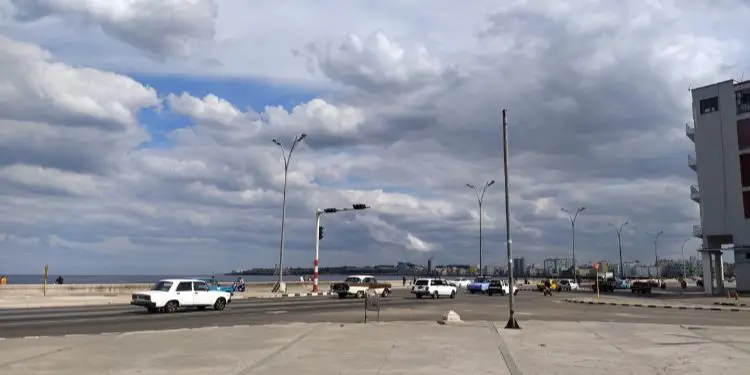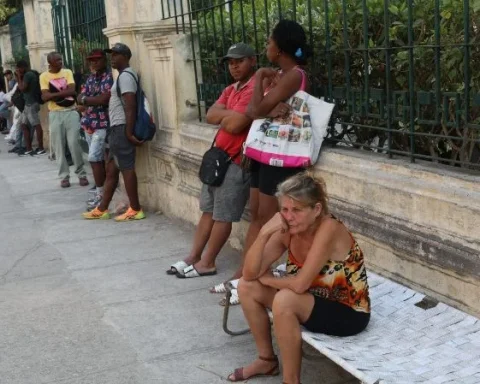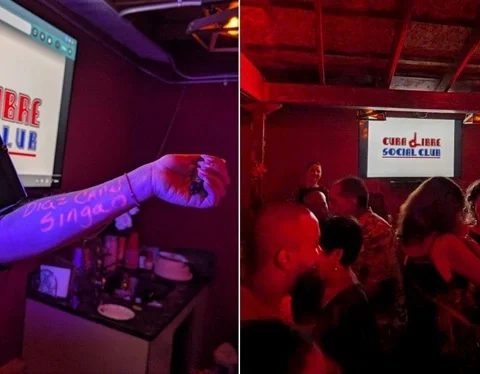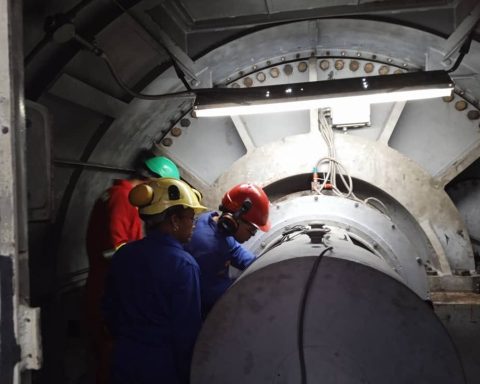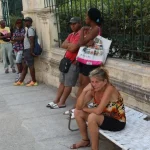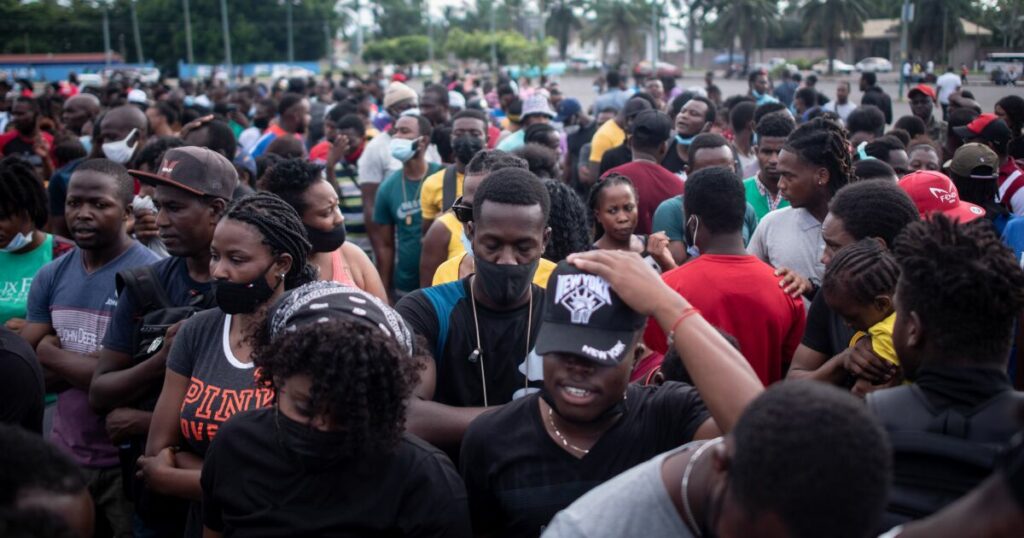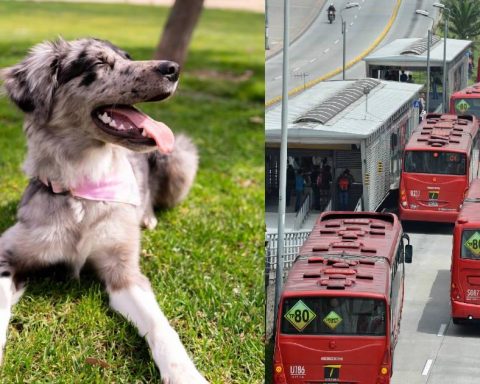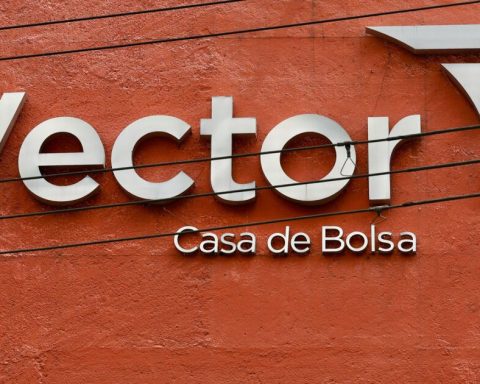HAVANA, Cuba. – “I was told I would be sorry but I never thought that Havana could be so bad,” my Italian friend Antonio has told me, now on his first visit to Cuba. He came to work here, but just two months in the country and he is so disappointed that he is thinking of packing his bags and returning to his former employment in Milan.
Convinced by the promotions of the travel agencies where Havana is sold as the most colorful and fun destination in the world, he ignored the advice of his friends, and labeled as “exaggerated” and “tendentious” the articles that were recommended to him for reading before accepting the new position.
“Here, I have been robbed even inside the hotel, I have been harassed on the street like nowhere else in the world. It’s annoying how even children and old people approach you asking for soap, candy, whatever. It’s very unpleasant, what’s important is that you give them something. But what has disappointed me the most is that there is no night life; This is a boring country, you can walk for thousands and not find anywhere to buy a bottle of water. And the saddest thing is that Havana has the Malecón with beautiful views, with the great potential of building the best shopping area in Cuba. It’s as if no one cared. You can count with one hand the number of bars and restaurants located along the coastal boulevard, and the ones that are there are of the worst quality I have seen in the Caribbean,” states Antonio.
It’s not the first foreign visitor that comments on how strange it is that an area like Havana’s Malecón –an obligatory boulevard for tourists, because it’s a rapid transit avenue but also because the principal streets of Havana flow in the direction of Malecón from the center of the city – can be one of the most neglected areas with the least commercial life, as to consider it done on purpose.
We Cubans also ask ourselves constantly why if the Malecón was until the start of this century, the favorite place for Havana residents to gather on the weekends and enjoy some night life, it has ended up as the most boring zone of Havana, with almost no gastronomic or recreational activities. Add to that the fact that buildings, especially residences, reflect that most perverse neglect, which contrasts with the luxury hotels that have been erected in its surroundings.
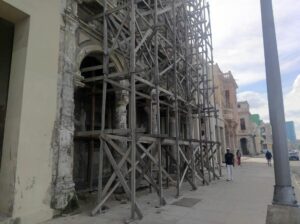
“It’s as if they were waiting for it to be totally destroyed so they can build more hotels afterwards,” states Jorge González, a civil engineer who worked for several years in restoration projects at the Office of the City Historian. Today, González is involved in the construction of hotels for a tourism-development company; he is convinced that such “neglect” is a modus operandi of those who already have business plans in mind.
“I think that Malecón and the nearby street, like San Lázaro for example, are in the line of vision of some of those individuals who can only think about hotels, but who are not willing to assume the cost of investments and people’s mobility. They are leaving it all to the passage of time, because they know that those building, left without any attention, have very little time left, a few floods, a couple of hurricanes, and they will save thousands of dollars that they are not willing to spend,” states González. He states, also, that he has heard of construction plans on lots where old buildings stand, and where dozens of families live.
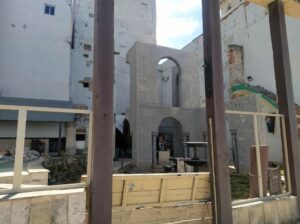
“I have seen the plans and the scale models of hotels and commercial centers that will be built where there is a building today about to come down. Three-dimensional panels of what the Malecón would be in a few years. But, my question is: how will they relocate those people, we are talking about hundreds of buildings and thousands of families. I don’t even want to think that the answer is to wait for time to take its course, because that sounds too cruel,” laments González.
Gladys, who owns a rental house for tourists in Malecón, tells us how the closing of the few commercial spaces that lived up the area, as well as the deterioration of surrounding structures and even her own residence, have affected her business. Due to the highly expensive urban regulations that determine construction in that zone and the shortage of building materials, she has been unable to repair it.
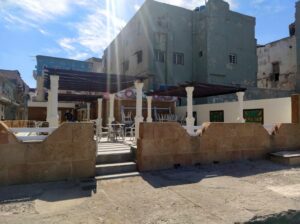
“Year ago, tourists would come because they had options nearby, but now this has become a desert. Or should I say: “they have turned it into a desert on purpose.” In a way, they are forced to close the few rental homes that were left after the pandemic, the rest of us are selling our houses because it’s evident that they are waiting for us to leave. Everything around here is closed, and it’s all very depressing (…). They are saying that it’s the government that is buying everything, that they contract individuals to act as buyers. I don’t care anymore. You complain, and nothing happens. As soon as I sell this place, I’m out of here,” states Gladys.
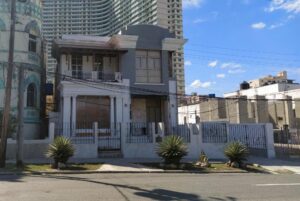
Even Saturdays and Sundays, at whatever time you stroll up and down the Malecón, it remains desolate. Only at certain points, like at the intersection with 23rd Street in Vedado, or with Prado in Old Havana, do some people still gather, but not till the wee hours of the morning like they did even five years ago.
“There is nothing. Nothing for sale. You have to bring your own drinks or try to buy it somewhere. Sometimes vendors go by selling bread, odds and ends, but that’s not what you want. You want a decent place, a normal place that has things to offer,” states a young Cuban woman when I ask her if she thinks the Malecón is an enjoyable place.
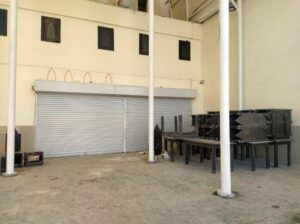
“I liked to go there on Saturdays and stay until 1:00 or 2:00 in the morning, but now at 11:00 pm, the police arrive and they ask for your ID card, they say you can’t play music, or they harass the beer and peanut vendors. At midnight, the Malecón is like a cemetery, it seems that they don’t want anyone there. Maybe they’re afraid that there will be trouble, I don’t know,” states another young man.
If you are thinking of strolling down Havana’s Malecón on any given weekend or to celebrate February 14thand enjoy drinking something refreshing in some café or restaurant in that area, it would be best if you changed your mind and changed places, or, at the very least, go with supplies and provisions as if you were going to a remote and inhospitable site because, if there is a place where the options for amusement are fewer every day, it’s at this famous coastal boulevard that decades ago was one of the most charming and busiest places in Cuba’s capital.
OPINION ARTICLE
The opinions expressed in this article are the sole responsibility of the person who issues them and do not necessarily represent the opinion of CubaNet.
Receive information from CubaNet on your cell phone through WhatsApp. Send us a message with the word “CUBA” on the phone +1 (786) 316-2072, You can also subscribe to our electronic newsletter by giving click here.
The post Havana’s Malecón: Boredom and Destruction as a Strategy appeared first on CubaNet.
